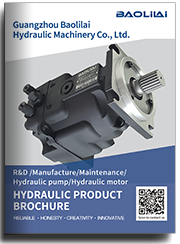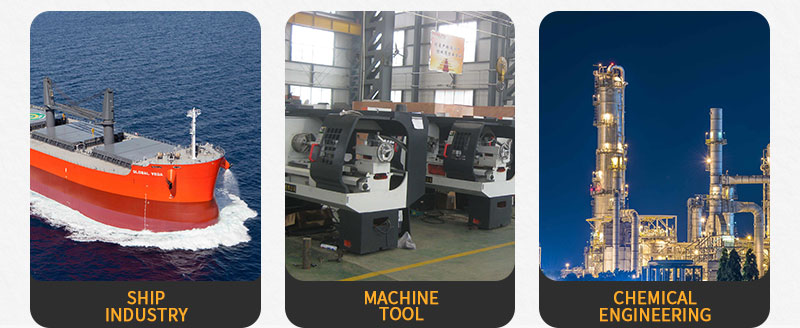90L075KA5BC80P3C7E03GBA424224 high pressure pump
90L075KA5BC80P3C7E03GBA424224 high pressure pump

- Product Details
- Applicable Scene
In the modern food processing industry, efficiency, safety, and quality are paramount. As consumer demands rise and industry standards tighten, innovative technologies are essential for ensuring that food products not only meet but exceed expectations. One such technological advancement making waves in this sector is the high-pressure pump. These pumps are transforming various phases of food processing, from preparation to packaging, with their ability to enhance production processes and improve product quality.
90-L-075-KA-5-BC-80-P-3-C7-E-03-GBA-42-42-24
90L075KA5BC80P3C7E03GBA424224
High-pressure pumps operate under elevated pressures, which allows them to move liquids, slurries, and various food products at an accelerated rate. This feature opens up a wide range of applications within the food industry. For example, high-pressure processing (HPP) is gaining popularity for its ability to preserve food without the need for chemical additives. By applying high pressure to food products, HPP can effectively eliminate harmful pathogens and spoilage organisms, while retaining the nutrients, flavor, and texture of the food.

83048957
One of the most significant advantages of high-pressure pumps is their role in extending shelf life. As food products undergo HPP, they maintain their freshness and natural qualities for longer periods. This capability is particularly valuable in a market that constantly seeks clean label products—items that are minimally processed and free from preservatives. The use of high-pressure technology helps manufacturers meet these consumer expectations by providing safer, longer-lasting products that appeal to health-conscious buyers.
Moreover, high-pressure pumps enhance operational efficiency in food processing facilities. They can facilitate continuous production, reducing downtime associated with traditional methods. This continuous flow minimizes labor costs and increases output, enabling companies to respond swiftly to market demands. Higher efficiency not only benefits the manufacturers financially but also contributes to sustainability efforts by reducing waste and energy consumption throughout the production cycle.





